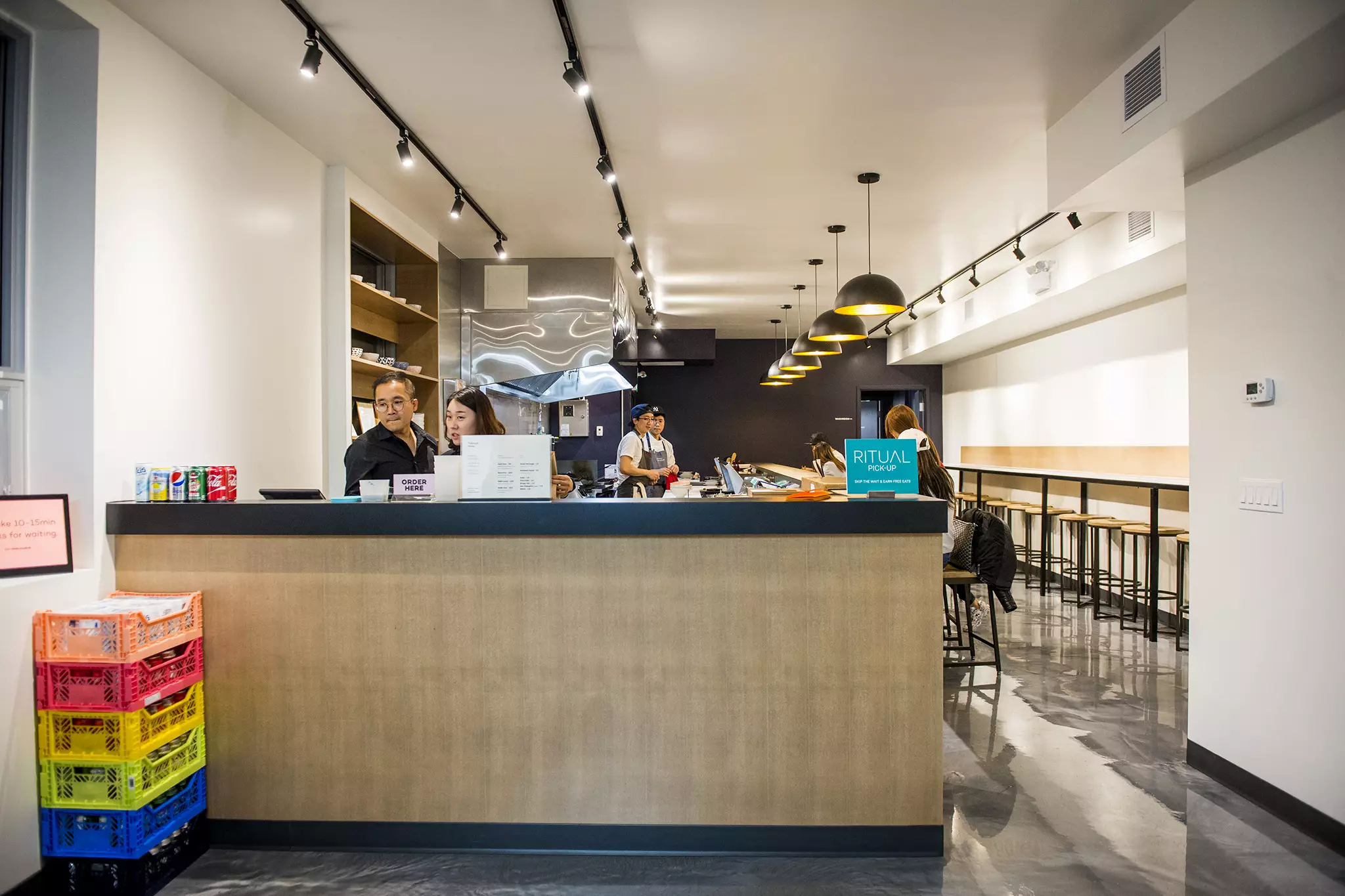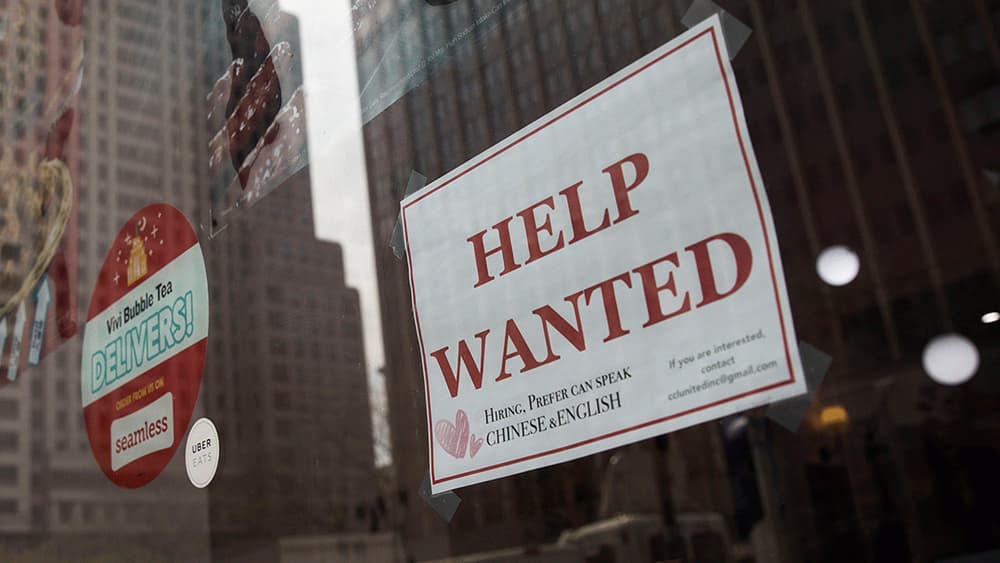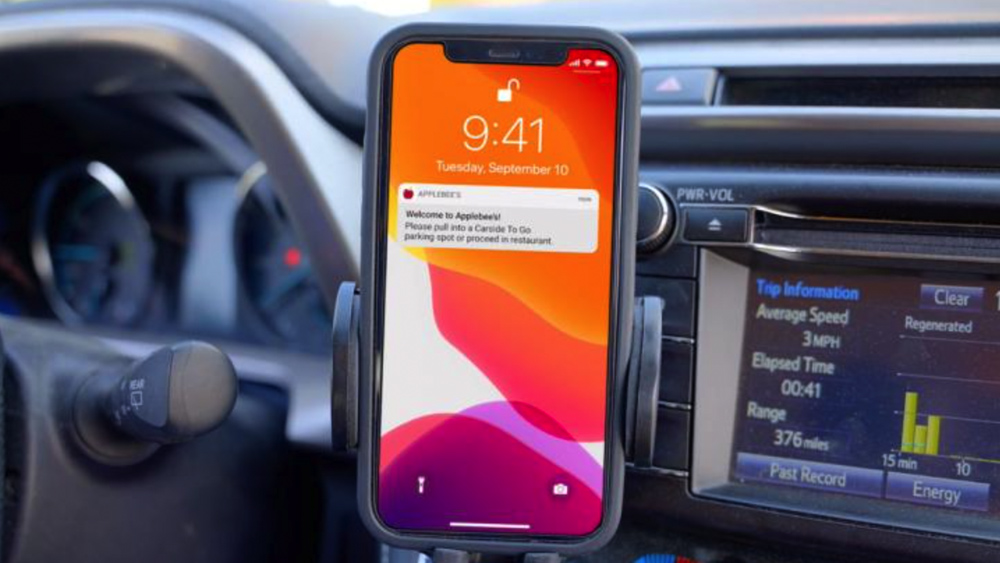
Adapted from: blogTo
Feb 05, 2022

Imagine a world in which your neighborhood, as shown to you on an app, resembles an entirely different neighborhood than the one on your street, where storefronts have nothing to do with what’s available for you to eat. “Eventually the word ‘virtual’ is just going to be dropped,” hopes Alex Canter, co-founder of the virtual restaurant platform Nextbite. “It’ll just be restaurants that live online the same way that when you shop online for clothes, you don’t call it a ‘virtual store.’”
Adapted from: Eater.com
Jan 05, 2022

The restaurant industry labor crisis continues as the U.S. Department of Labor September jobs report showed that foodservice employers only added 29,000 jobs in September, changing little from last month. Meanwhile, average industry wages keep growing and passed $15 per hour for the first time this summer.
This labor growth stagnancy reflects the number one concern of restaurant operators everywhere: that it’s incredibly challenging to find workers and even more challenging to get them to stay. According to the jobs report, while employment in retail trade rose by 56,000 after two months of not much change, the gains in clothing and other merchandise sales were offset by losses in food and beverage (which saw a loss of 12,000 jobs).
Adapted from: National Restaurant News
Oct 10, 2021

Guests expect technology to make the current experience even easier. Digital capabilities will be critical to capturing these highly connected consumers’ future restaurant spend. And even among consumers who show a preference for returning to dining rooms, digital remains on the rise. Operators can respond by ensuring customers can find a consistent and satisfying experience throughout.
Adapted from: FSMAGAZINE
June 8, 2021

This one could be worse than the pandemic, warns RB's Reality Check.
The pandemic should be the crisis of a lifetime for today’s restaurateurs. Yet that threat is being eclipsed by a more potent and pressing danger. At best, it will change the business forever. At worst, it’ll mortally wound it.
Places are trimming their hours, shutting some nights and limping through with skeleton staffs on the days they are open. Any economist would say that foregoing available sales is a bad business practice. So would any plumber, dentist or landscaper.
The industry has never before expended this much more attention on attracting employees than it has on drawing customers. Of course, those two things are as interdependent as a car’s brake and gas pedal. Veteran financial analyst Mark Kalinowski recently estimated that McDonald’s is foregoing 3 to 4 points of sales because of capacity restrictions necessitated by a shortage of workers. That’s a decline of about $65 million just in company-run stores.
Adapted from: Restaurant Business (PREMIUM)
Oct 27,2021

This has become a vital reality for restaurants. Do you need as many workers? Do you need more? It comes down to an obvious question—is my current model working? There will also be an enhanced focus on employee engagement.
The silver lining is the restaurant industry is seeing a paradigm shift and many owners are doing an admirable job adapting to the new environment as things progress. In fact, some restaurant establishments are thriving and new owners are building their foundations knowing they need to be mindful towards workers and remain flexible on customer interaction.
Adapted from: FSMAGAZINE
May 24,2021

New government statistics show nearly 7% of hospitality workers left their jobs in August.
Nearly 7% of the nation’s restaurant and hotel workers quit their jobs in August, making the hospitality industry the most abandoned sector of the national workplace by a huge margin, according to newly released federal statistics.
The figures from the U.S. Bureau of Labor Statistics (BLS) show that 892,000 hospitality employees gave notice or walked off their jobs during the month, an increase of 157,000 employees from the 735,000 who balked at keeping their posts during July. That’s an increase of 21%.
Adapted from: Restaurant Business
Oct 12, 2021
Survey Finds 84% of Small Businesses Get Robocalls Every Day at an Average Cost of $9.46 Per Call
Stop wasting valuable time answering junk robocalls. 54 percent of small businesses in the US receive five or more junk calls each day and every call answered wastes on average $9.46 per call. This is in addition to the distractions for your staff. The Call Concierge eliminates this frustration for your staff.
Adapted from: Global News Wire
Customers coming into restaurants again combined with takeout business gained during the pandemic is creating logjams at some operations.
Delivery drivers wearing giant box backpacks and bicycle helmets mixed with the lunch crowd at a Sweetgreen location on Manhattan’s Upper East Side one recent afternoon. About 25 orders were stacked on shelves in front of the assembly line, where a group of seven employees worked furiously to assemble customers’ salads and grain bowls.
Customers were directed to order online, because of an electrical outage unique to the location. The combination of the outage, the delivery orders, online orders and inside customers resulted in a backlog that left diners waiting 20 minutes to get their orders.
This has been a common phenomenon. Around the country, restaurants are struggling to balance the needs of the takeout and delivery sales they’ve gained during the pandemic and the in-store customers that have come back in recent months.
The challenge is exacerbated by the labor shortage—or perhaps contributing to it—while forcing operators to decide which set of customers is more valuable at any given moment.
Adapted from: Restaurant Business (PREMIUM)
Oct 15, 2021
We get more done. Adding The Call Concierge boosted morale because the hosts are no longer distracted with deciding to respond to our customers on hold or those in front of them.

Most of the easy questions that take up a lot of time are now handled with our The Call Concierge. Just giving directions or taking phone orders was a distraction. Our customers like it.
